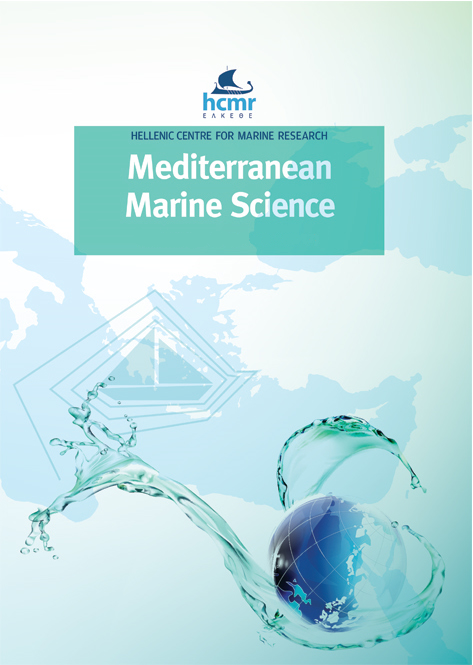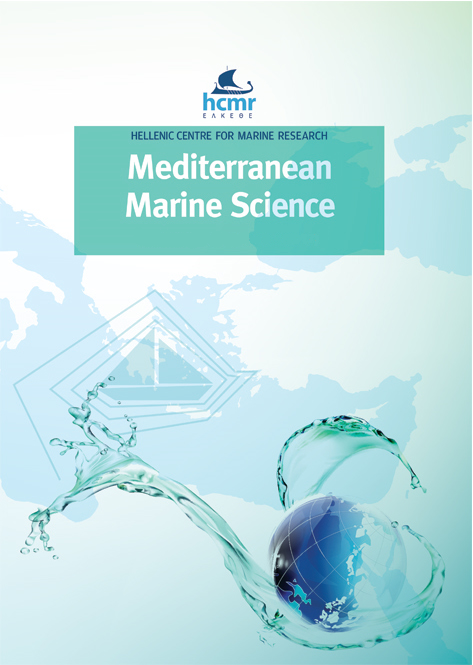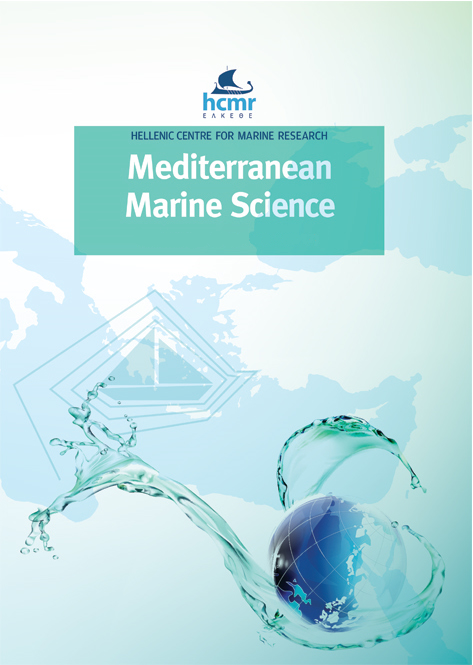Spatiotemporal and ecological distribution of megabenthic crustaceans on the shelf-shelf break of Antalya Gulf, the eastern Mediterranean Sea
Abstract
The spatiotemporal distribution and ecology of the suprabenthic and benthic mega-crustaceans were studied in the shelf-shelf break of Turkish waters of the eastern Mediterranean Sea (Antalya Gulf). Sampling was conducted seasonally in May 2014, August, October, and February 2015 using an otter trawl at depths of 10, 25, 75, 125 and 200 m along three transects. A total of 59 species were identified comprising 53 decapods (Eumalacostraca: Eucarida), 3 isopods (Eumalacostraca: Peracarida), and 3 stomatopods (Hoplocarida). Eighteen of the total identifiable species were invasive, and some of them significantly influenced the crustacean community structure. Parapenaeus longirostris, Pagurus prideaux, Charybdis (Goniohellenus) longicollis and Medorippe lanata were the most common species. Parasquilla ferussaci was reported for the first time in Turkish water of the Levantine Sea. Community structure showed seasonal patterns and differed along the depth gradient of habitat heterogeneity. The megabenthic crustacean assemblage was driven mainly by seafloor depth and was related to the fishing disturbance in the area (fishing/no-fishing zones). Environmental parameters were measured for each sample and tested in relationship to crustacean abundance by multivariate analysis CCA (canonical correspondence analysis). The results revealed significant differences in community structure related to substrate and the fine fraction of the bioseston.
Article Details
- Zitationsvorschlag
-
PATANIA, A., & MUTLU, E. (2021). Spatiotemporal and ecological distribution of megabenthic crustaceans on the shelf-shelf break of Antalya Gulf, the eastern Mediterranean Sea. Mediterranean Marine Science, 22(3), 446–465. https://doi.org/10.12681/mms.26142
- Ausgabe
- Bd. 22 Nr. 3 (2021)
- Rubrik
- Research Article
Authors who publish with this journal agree to the following terms:
- Authors retain copyright and grant the journal right of first publication with the work simultaneously licensed under a Creative Commons Attribution Non-Commercial License that allows others to share the work with an acknowledgement of the work's authorship and initial publication in this journal.
- Authors are able to enter into separate, additional contractual arrangements for the non-exclusive distribution of the journal's published version of the work (e.g. post it to an institutional repository or publish it in a book), with an acknowledgement of its initial publication in this journal.
- Authors are permitted and encouraged to post their work online (preferably in institutional repositories or on their website) prior to and during the submission process, as it can lead to productive exchanges, as well as earlier and greater citation of published work (See The Effect of Open Access).








